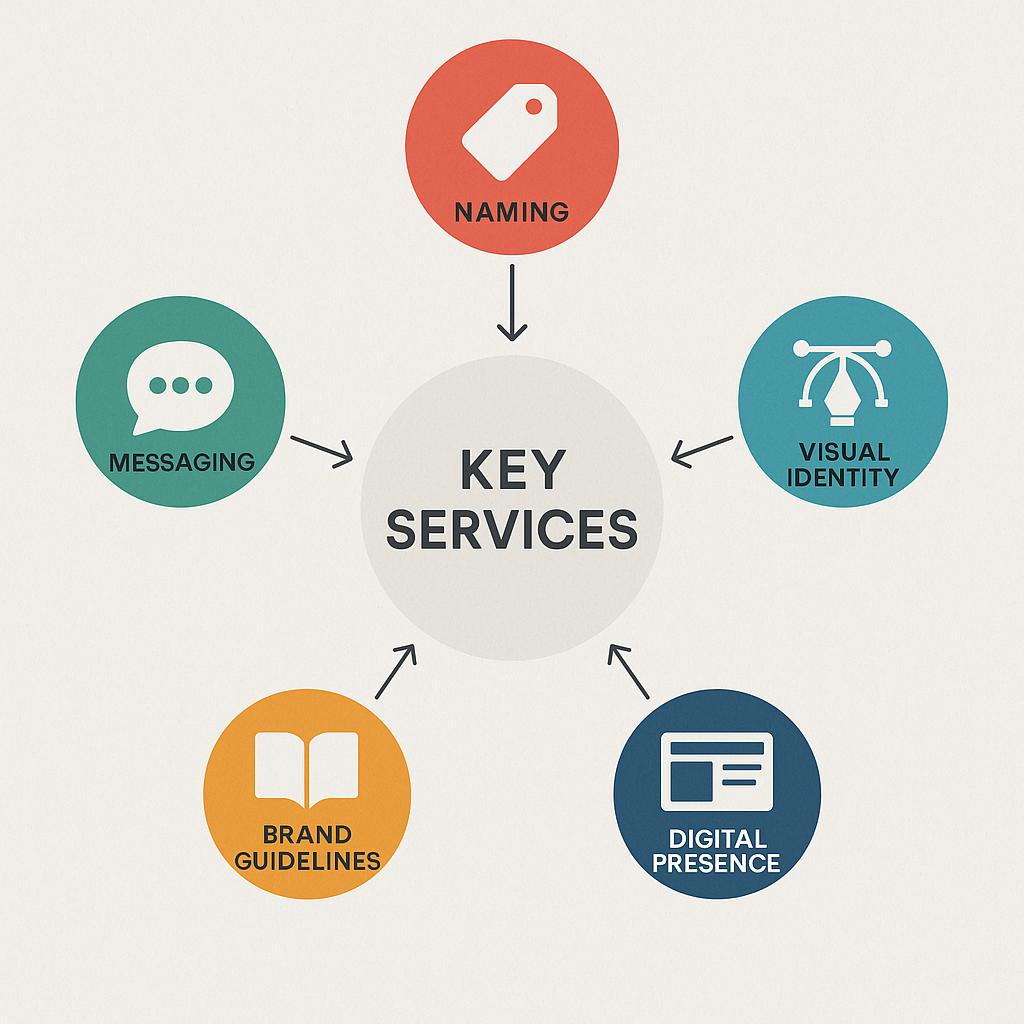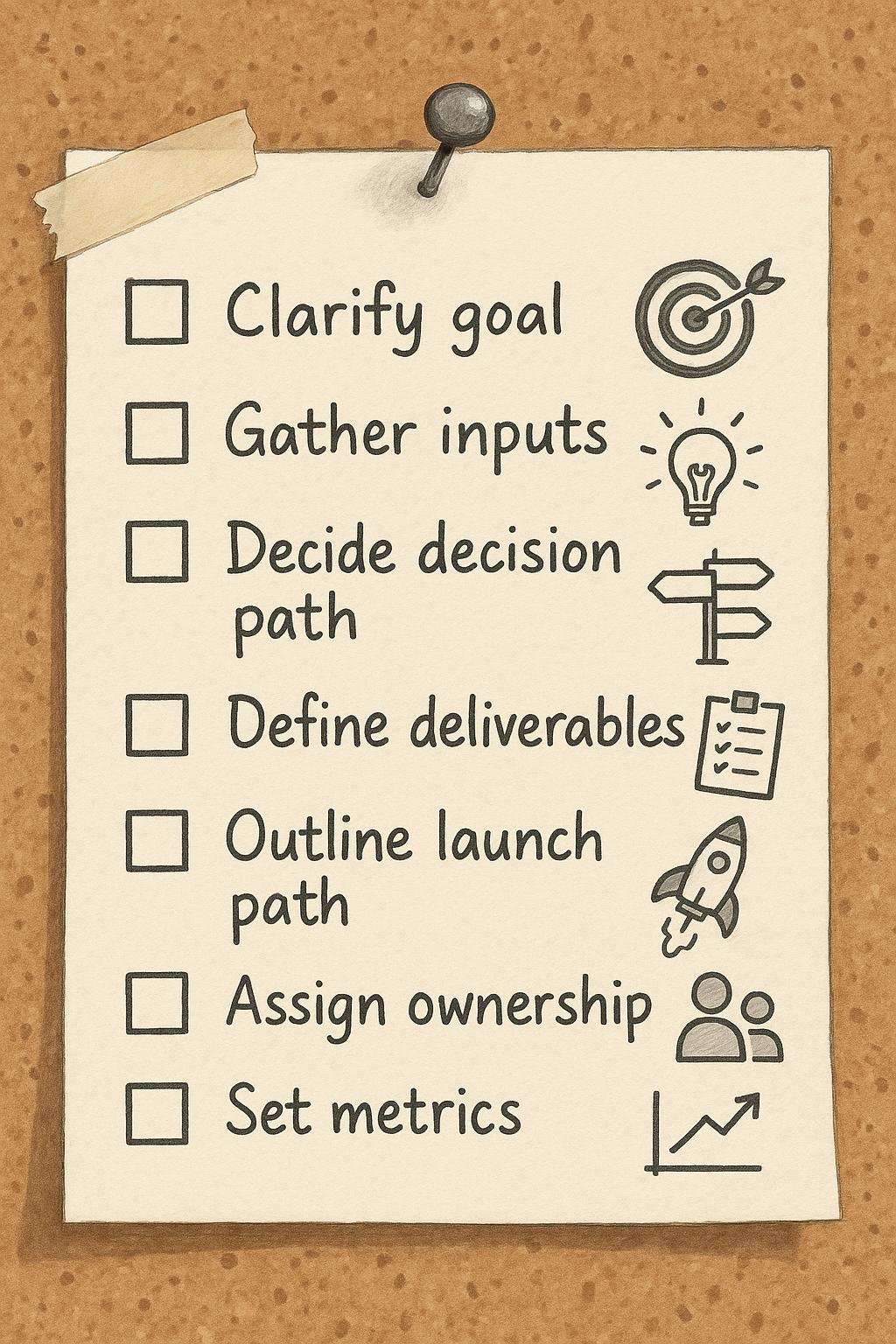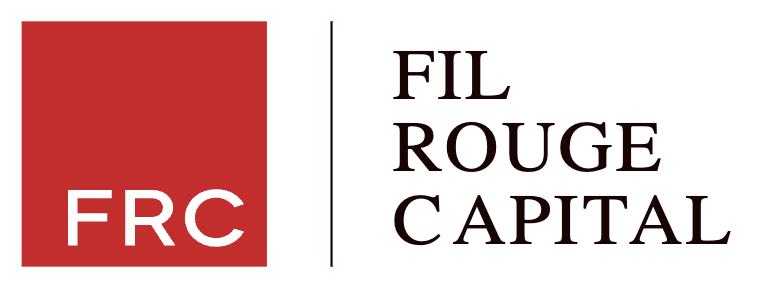When we talk about branding, we mean the way a startup presents itself to the world. It is the story it tells, the identity it builds, and the impression it leaves on customers, investors, and partners.
Branding includes how the company looks, how it speaks, and how credible it appears.
This guide brings together everything you need to know about what branding companies for startups actually do and what they should be doing.
We will outline the key steps in the branding process, what elements need to be covered, and what to watch out for.
That way, when you approach a company to help brand your startup, you will know what to expect from them and what you should receive in return.
Understanding Startup Branding Needs
Distinct Branding Priorities of Startups
Founders need signal, not noise. They focus only on the brand assets that move customers to act and postpone anything that doesn’t.
At this stage, fast validation matters more than polish or awards. They want to know if the narrative resonates, if the visual identity works in a product demo, and if the name clears legal checks.
Investors also read brands as risk indicators. Consistent messaging and a credible identity suggest operational discipline.
Budget, Speed, Flexibility, and Scalability Considerations
Cash is tight. The runway is real. Branding must fit current needs and scale later without costly rework.
A staged plan works best:
- Sprint 1: positioning, messaging, and a basic visual kit.
- Sprint 2: website refresh, sales deck, and social templates.
- Sprint 3: deeper system work like illustration, motion, or naming extensions.
Some teams mix experts with tools to stretch resources. In fast-moving markets, automated branding plays a helpful supporting role for versioning assets and keeping style rules consistent.
Core Branding Objectives for Startups
A young company benefits from a short list of outcomes.
1. Market positioning
Positioning decides why the company matters and to whom. It frames the problem, the solution, and the category claim.
Teams that rush past positioning pay for it later. Misaligned positioning shows up as low win rates or long sales cycles. Industry research regularly lists poor market fit as a top reason new ventures underperform.
For B2B, precise segmentation keeps the story sharp. Many teams begin by defining their Ideal Customer Profiles (ICPs), then add details like the buyer’s role, the specific use case, and company characteristics.
2. Target audience clarity
Marketers that can name three buyer pains and three desired outcomes write better copy. Clarity here drives the tagline, the pitch, and the demo script.
Customer language should shape brand language. Pull the exact phrases from interviews and product chats, then reflect them in headlines and feature names.
3. Brand identity consistency
Consistency creates familiarity. Familiarity creates trust.
The goal is not art for art’s sake. The goal is recognizability across site, product, sales, and support.
A lean identity system includes a logo set, color ramps, type scales, and real-world examples for specific channels. That is usually enough for Series A and before.
Key Qualities to Look for in Branding Companies for Startups
Industry Expertise
Strong partners understand the buyer’s world. A fintech brand needs different proof points than a health tech brand.
Ask for cases that show category subtlety, not just pretty design.
Look for signs they can navigate compliance or technical topics. That often shows up in product naming, claims language, and testimonial selection.
Strategic Thinking
Design is only useful when it carries a strategy. Ask how the team builds a positioning narrative and how they test it in the wild.
A credible firm will connect messaging to funnel metrics.
They will address awareness, consideration, and conversion, going beyond mood boards.
Adaptability
Startups iterate. Good branding partners do the same.
They should be comfortable with rapid feedback, limited inputs, and partial data.
Check that they can prioritize must-have assets first. Then see how they plan for future layers without redoing everything.
Transparency and Process
A clear process lowers anxiety. Expect timelines, milestones, and a defined approval path.
Two artifacts help:
- A one-page plan that maps goals to deliverables and dates.
- A list of decisions that require founder input versus those the agency can make solo.
The best teams show the working model upfront, including what happens if scope expands.
Types of Branding Services for Startups
Full-Service Agencies
These firms cover research, strategy, identity, digital, and rollout. They fit founders who want one accountable partner across brand and marketing.
Pros include breadth and integrated teams.
The tradeoff is cost and sometimes slower cycles.
Boutique Firms
Boutiques go deep on strategy and identity with senior talent. They usually work in sprints with tight feedback loops, which suits early companies well.
Costs are often mid-range with faster calendar time. Capacity can be limited, so scheduling matters.
Freelance Specialists
Freelancers offer targeted help like naming, logo design, or copy. This path is flexible and budget friendly for narrow needs.
It requires more project management on the client side.
The risk is mismatched style or duplicated efforts if several freelancers do not share a system.
Key Services to Consider

Naming
Names carry legal and linguistic risk. A smart process screens for meaning, sound, domain options, and trademark conflicts.
Before falling in love with any option, check it against the USPTO database. International checks may also be required if the company plans to sell across borders.
Visual identity
A startup needs a kit that is easy to use. Think logo variations, color rules, type scales, and a few layout examples for web and decks.
Test legibility in small, real contexts. Product nav, app icons, and social avatars expose weak choices quickly.
It’s also important that color contrast follows accessibility guidance.
Messaging
Messaging turns positioning into words people remember.
Start with a one-line value prop, then a short paragraph story, then proof.
Voice matters as much as content. The tone and style in which messages are delivered should reflect the startup’s personality, making the brand memorable to its target audience.
Brand guidelines
Guidelines turn decisions into reusable rules.
The format can be a short PDF or a Notion page that links to assets and examples.
Include real templates for sales and support. That is where consistency breaks if guidance is vague.
Digital presence
Most buyers meet the brand on the website.
A clean structure, fast load times, and scannable copy matter more than artful effects.
Two quick wins appear often:
- A clear hero that states problem, solution, and proof.
- A library of customer stories mapped to use cases and segments.
Red Flags When Choosing a Branding Company
Lack of Measurable Results or Clear Processes
Beware of portfolios with only glossy visuals.
The work should connect to funnel metrics, adoption, or ops outcomes.
If timelines, roles, and feedback gates are fuzzy, expect delays and rework.
One-Size-Fits-All Approach
Some providers force every client into the same template.
A startup needs a scaled set of deliverables that match stage and channel mix.
Ask to see how the team adapted rules for a product-led motion versus an enterprise sales motion.
Poor Understanding of Startup Constraints or Market Context
Signals include slow turnarounds, dense presentations, and reluctance to prioritize. Good partners simplify without dumbing down.
They also ask about runway, hiring plans, and near-term releases. That context shapes the work.
Preparing Your Startup for a Branding Engagement
Preparation can save weeks and money. A short pre-brief and speeds approvals.

- Clarify the near-term goal. Is it a pitch, a launch, or a sales push in one segment?
- Gather inputs. Pull customer quotes, competitor examples, product screenshots, and the current deck. A messy folder is fine.
- Decide the decision path. Name who approves what and how many rounds exist. Fewer approvers is faster.
- Define must-have deliverables for the next 90 days. A homepage refresh, a sales one-pager, and a core deck are common.
- Outline the launch path. If you want a reference plan, this practical go-to-market strategy example shows how messaging and channels tie together.
- Assign internal ownership. Someone must be the brand steward. That person tracks assets, field questions, and keeps adoption moving.
- Set simple success metrics. Examples include demo-to-trial rate, deck usage by sales, or time saved creating proposals.
A little structure upfront helps the provider move faster and make better calls with limited input.
Summary
The right branding companies for startups define positioning, craft identity, and create usable assets.
They handle messaging, visuals, and digital presence in a flexible system.
Watch out for pretty visuals with no strategy, one-size-fits-all templates and ignoring startup constraints like budget, speed, or scalability.
The best partner helps your brand perform consistently across customers, investors, and channels.
For an easier way to manage all your content marketing and branding needs, try Stryng, an all-in-one AI content marketing platform that’s simple to use and free to start. If you prefer not to manage it yourself, reach out to the Stryng team and they will take care of everything for you.
Frequently Asked Questions
Q: When should a startup hire a branding company?
A: Two moments make sense. Before a major launch or fundraising push, and when the current identity blocks growth. If sales keeps rebuilding decks or the website confuses visitors, it is time.
Q: What is the difference between rebranding and a refresh?
A: A refresh updates visuals and copy without changing the core story. A rebrand reframes positioning, messaging, and identity. Rebrands take longer and require deeper research.
Q: How much should an early-stage team budget for brand work?
A: A lean, high-quality system can land between 35k and 120k with a boutique. Targeted freelancer help can be far less. Full-scale programs run higher. Scope, timeline, and team seniority drive cost.
Q: Can brand decisions be tested quickly?
A: Yes. A/B basic headlines, run preference tests on name shortlists, and trial a new deck with a small set of buyers. Keep tests small and decisive.
Q: What secondary keywords should be considered for search?
A: Good additions include “startup marketing strategy,” “brand identity design,” and “go-to-market strategy.” Use them sparingly and only where the context fits.



